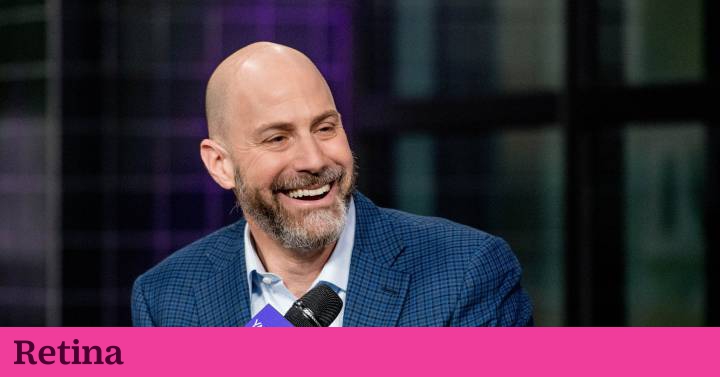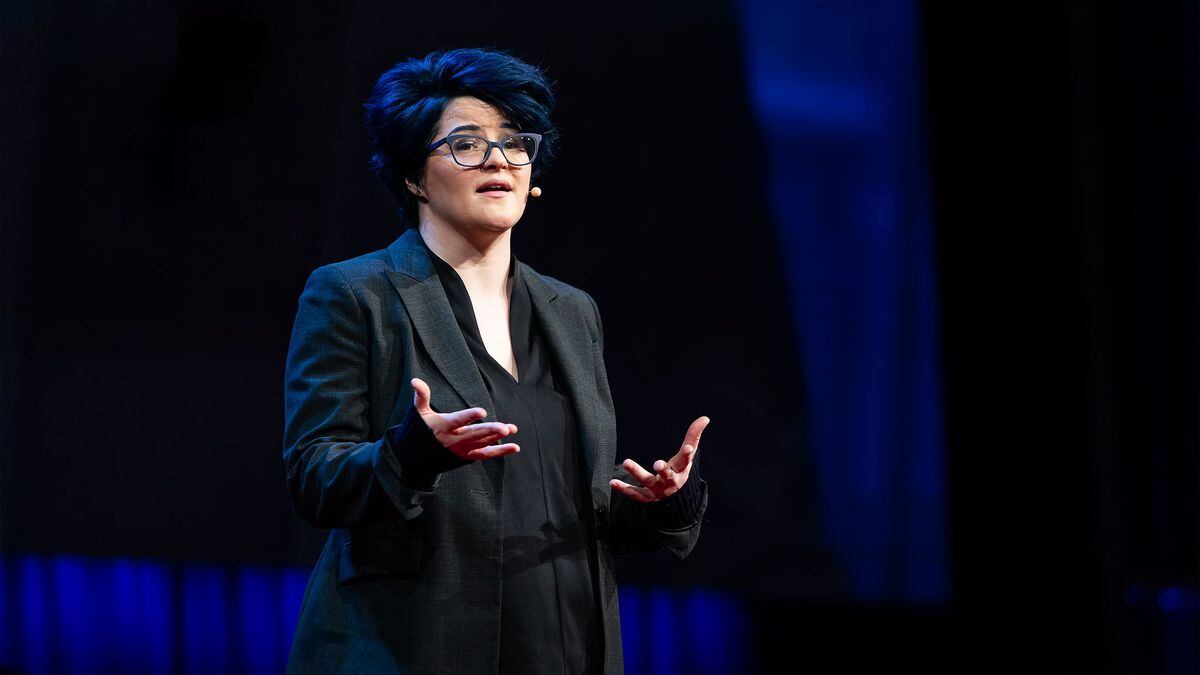FOLLOW
Follow
In the e-commerce industry and the group of giants that dominate it, Etsy is a green dog.
Like the others, it is dedicated to the online sale of an inventory that is only growing for an audience that is also growing.
But under the habit there is a totally different model.
"We are the matchmaker for creators and buyers", Josh Silverman sums up during his speech at WebSummit, which is being held these days in Lisbon and virtually.
Etsy's immense inventory is made up of smaller inventories made up of the creations of the two million sellers registered on the platform.
"Our mission is to maintain human commerce in a world where we produce more and more things that will be cheap to buy, will arrive one day, you will forget the next and will be in a landfill for the rest of your life," criticizes the executive, who has been CEO of the company, founded in 2005, for the past three and a half years.
His recipe for staying relevant in that ecosystem is to bet on the added value of the products sold on Etsy.
"They are things that express themselves, that have a sense of identity, a story, you feel like you have a connection with the manufacturer," he explains.
But the success of mass production, represented by giants like Amazon and Aliexpresss, is also undeniable.
"The more people gather around these big mass distribution companies, the more people crave the antithesis of all of that. And I think Etsy is the antithesis," he argues.
200,000 coasters
The technological side of the platform is not so different from its competitors, as they have to manage in the best way a list of 80 million products of all kinds.
"The only thing they have in common is that they have nothing in common," says Silverman.
How to find the right coaster from more than 200,000 options?
"If you sat in the middle of a football stadium and looked around, there would be two sets of coasters on each seat. And yet on the mobile screen we have to show you the thirty that are perfect for you."
Silverman admits that such a task would have been impossible ten years ago and that right now it is not in the hands of humans, but of machine learning systems.
Etsy also paints outside the box when it comes to who is in charge of developing those technologies.
More than 50% of the workforce and executives are women and more than a third of the engineering team as well.
With this last figure, the company doubles the average of the surrounding industry.
"We have set very clear objectives of where we want to go as a company and we have put a lot of rigor in the process," explains the CEO of Etsy.
"The idea that having a good business is at odds with being a good citizen is out of date."
Carbon credits
When Silverman took office, he laid out the three pillars that would make Etsy workers good citizens.
"I think everyone already had that intention before, but it was not defined," he clarifies.
He then bet on social impact and economic empowerment;
diversity and inclusion;
and environmental sustainability.
On this last point, the platform, which does not even have its own warehouses, had it easy: it was enough to use renewable energy in the offices and ensure that its servers use the same source.
At this point, they could have washed their hands, since the shipping service that truly makes up the vast majority of Etsy's environmental footprint is in the hands of the sellers themselves.
"We saw that 92% of our carbon footprint comes from there. We never touch the product, so we don't have the ability to control shipments. But we didn't want to shrug our shoulders and say we couldn't do anything about it."
After evaluating the available options, they opted for carbon credits.
"That industry has come a long way in the last decade. There is a lot of auditing to ensure that the bonds are really removing carbon from the air," says Silverman.
They initially valued the option of incorporating the cost of the bonds into transactions, as a small extra on each purchase.
"I asked the team to estimate the cost and it turned out to be less than a penny per package," he recalls.
So the company took it on.
"We know that bonds are not the solution to everything. We need to find ways to put less carbon dioxide into the air. But they are a good way to help mitigate its effects."









